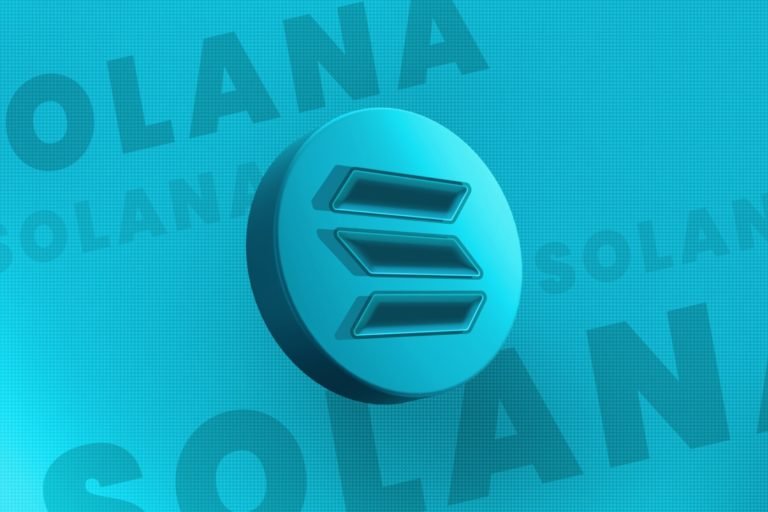A wallet connected to FTX has unlocked 177,693 Solana (SOL) tokens, raising concerns about a possible sell off. However, the stability of Solana’s price and the growth of its ecosystem indicate a more complex situation.

Summary
FTX wallet unlocks 177,693 Solana (SOL) tokens: signs of a bull or bear market?
The recent move by a wallet linked to FTX, which unlocked a considerable amount of Solana (SOL) tokens, has attracted the attention of investors and sparked debates on the possible impact of this action on the market.
The wallet has indeed unlocked 177,693 SOL tokens, with an estimated value of approximately 23.75 million dollars, raising concerns about a potential imminent sell off.
However, despite these speculations, Solana has maintained a surprising price stability, reinforcing the idea that the Solana ecosystem is in a phase of expansion and maturity.
The action of unstaking by a wallet linked to FTX and Alameda Research was reported on September 12 by PeckShield, a blockchain security company.
The news immediately attracted the attention of the market, as large cryptocurrency transactions can often signal significant market changes.
The unlocked amount of 177,693 SOL, while representing a significant figure, is only a fraction of the total holdings of the portfolio linked to FTX.
This has given rise to hypotheses about a potential selloff, a common concern in situations of unstaking large quantities of tokens.
However, it is important to consider that unstaking does not necessarily imply an immediate sale.
The token holders can indeed decide to reuse or redistribute their holdings without selling, which could mitigate the negative impact on the price.
Market reaction and price stability of Solana
Despite the initial anxiety generated by the news, the market reacted relatively calmly.
As of September 13, 2024, the price of Solana has remained stable, with SOL trading around 135 dollars, registering a 5% increase in the previous 24 hours.
This growth, even in a context of uncertainty, demonstrates the resilience of the token, fueled both by the confidence of investors and the increasing activity within the Solana ecosystem.
The cryptocurrency market is notoriously volatile, and the fact that Solana has maintained a certain stability despite the unstaking action, also reflects the positive impact of the increase in activity within the ecosystem.
Furthermore, the price of Solana has been influenced by macroeconomic factors, including inflation data in the United States, which have swung the global financial markets.
A key element that could explain the resilience of Solana is the continuous growth of its ecosystem.
Since September 5, trading volumes on DEX (decentralized exchanges) of the Solana network have increased by 7%, demonstrating that interest in using the blockchain remains strong.
Furthermore, the total value locked (TVL) in SOL has grown by 11% in the last month, now reaching 36 million SOL.
This increase in activity not only highlights the importance of Solana as a smart contract and DEX platform, but also suggests that developers and investors continue to see the network as a promising environment for innovation and value creation.
The rapid growth of decentralized applications (dApp) on Solana is another indicator of this bull trend.

Long-term prospects and forecasts
Although the price of Solana has dropped from its all-time high in March 2024, when it reached 209 dollars, many market observers remain optimistic about the long-term prospects of the project.
Various factors contribute to this confidence. First of all, the continuous technological innovations in the network and the growing interest in meme coin based on Solana.
The second place, the participation of large institutional investors, who see in Solana an opportunity in the long term.
Furthermore, the Solana network has proven to be one of the most performant in terms of speed and scalability, two critical factors for the future of decentralized applications and DeFi (Decentralized Finance) projects.
These technical aspects, combined with an active developer community and an ever-expanding network, make Solana a key player in the cryptocurrency landscape.
